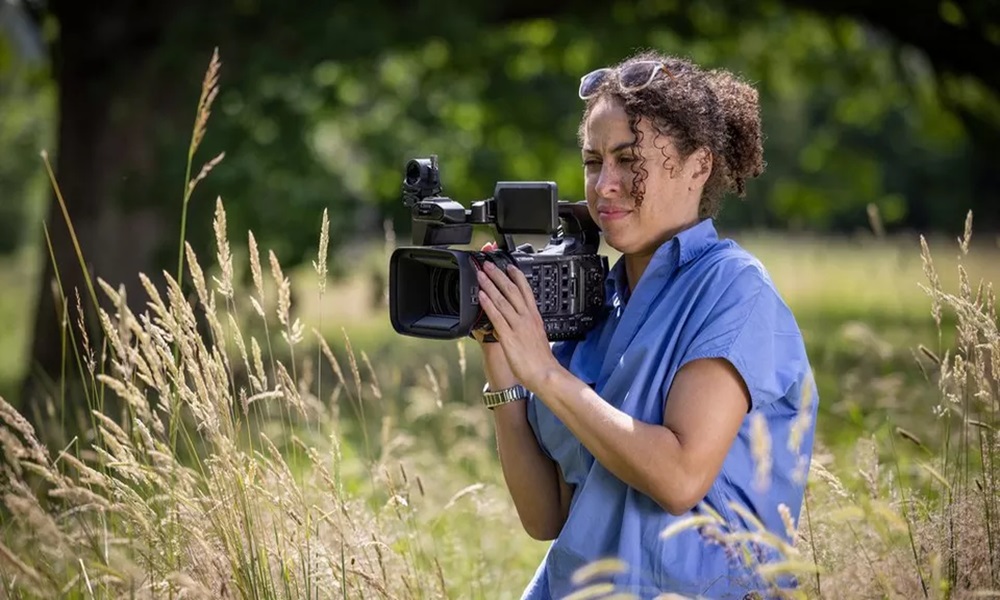
The development of cameras has been an interesting journey, characterised by notable advances in technology and changes in consumer tastes. Today, enthusiasts for photography and videography sometimes compare video camera to more conventional cameras, sometimes known as still cameras. Regarding quality and functionality, each kind of camera has particular advantages and disadvantages. These factors are covered in-depth in this post to assist you in determining which kind of camera would be most appropriate for your requirements.
Visual Clarity:
Detail and Resolution
Higher resolution is one of the most publicised attributes of conventional cameras including DSLR and mirrorless categories. These cameras can deliver sharp compound images for large format prints and other commercial applications because these cameras have sensors with 20-50 Megapixels or even more. The high resolution is especially helpful for still photography, where it’s essential to capture minute details.
Conversely, high-resolution stills were not the typical focus of video cameras; instead, they were primarily concerned with recording moving images. On the other hand, the resolution of contemporary video cameras has substantially increased. With 8 or 33 megapixels per frame, respectively, several now support 4K and even 8K video recording. For the majority of video applications, this degree of detail is more than adequate, and it can also result in high-quality stills being retrieved from video content.
Image Quality and Sensor Size
One crucial element that significantly affects image quality is the size of the camera sensor. In general, larger sensors yield higher-quality images, especially in low light. Larger sensors, like full-frame or APS-C, are commonly found in traditional cameras; these allow for greater control over depth of field, better performance in a range of lighting conditions, and superior dynamic range.
Usability:
Shot speed and autofocus
Significant progress has been made in autofocus technology for both video and conventional cameras. Sports and wildlife photography benefit greatly from still cameras’ advanced autofocus capabilities, which are engineered to capture fast-moving subjects with accuracy. Particularly with features like eye-tracking and real-time subject detection, mirrorless cameras have proven to be excellent.
It is another area where video cameras have advanced; newer models have sophisticated continuous autofocus features that enable smooth, accurate focus on moving things. Video autofocus systems, on the other hand, are usually designed to ensure smooth focus transitions, which is crucial for professional video production, rather than speed.
Stabilisation
Another area where traditional and video cameras differ in performance is image stabilisation. To retain smooth video footage, video cameras frequently include excellent built-in stabilisation systems that are intended to counteract motion during handheld shooting. It can involve the use of optical stabilisation techniques alone, in combination with electronic techniques, or both.
Although advanced stabilisation technology has also been included in traditional cameras, their primary use is still photography. Though more current still cameras include good stabilisation that helps with video recording as well, because of their design priorities, dedicated video cameras usually perform better overall.
Usability and Ergonomics
Both video and conventional cameras are made to be ergonomically designed to fulfil their intended purposes. In comparison, video cameras tend to be larger and intended to be fixed on tripods, shoulder rigs, or other stabilising devices. Features like integrated ND filters, XLR audio inputs, and a wide range of connectivity choices are made possible by this architecture and are crucial for professional video production.
Flexibility:
Synthetic Abilities
The distinctions between standard and video cameras have become more hazy in recent years, as many devices now contain strong hybrid features. Many contemporary still cameras are capable of recording high-definition video, offering consumers who require both features in one device flexibility. These hybrid cameras are ideal for photographers and videographers since they frequently have high frame rate options, video-specific profiles, and improved audio recording capabilities.
Similar to still cameras, video cameras have begun to adopt features like sophisticated image processing algorithms and high-resolution photo-capturing modes. Users can benefit from the best of both worlds to this convergence, but maintaining balanced performance frequently necessitates making concessions in some areas.
Differentiated Features
Specialised features are provided by both camera types to meet the needs of their respective markets. Advanced bracketing settings, a wide range of lens selections, and complex flash systems are common features of traditional cameras and are essential for various photographic genres, including macro, landscape, and portraiture.
Conclusion:
Your essential needs and intended use of the camera will ultimately determine whether you choose a video camera or a standard camera. High-resolution still photography is a specialty of traditional cameras, which provide excellent image quality, fine-grained control over settings, and a wide selection of lenses. For photographers who value versatility and high-quality photographs when taking stills, these are perfect.

